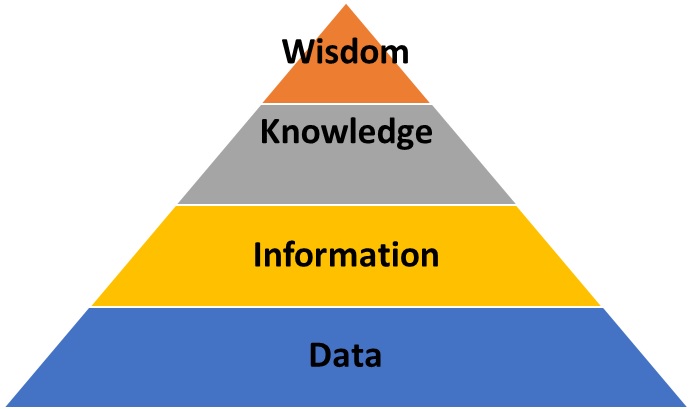NEWS RELEASE February 2017
IIoT and NOx Control: The Opportunity and the Challenge
The industrial internet of things (IIoT) combined with remote operations and maintenance promise to make the reduction of NOx much more cost effective. Luminant and Duke Energy already have remote centers monitoring the rotating parts at all their plants. Yara has a remote center monitoring the levels of NOx reagent in storage and automatically setting delivery schedules for the next truckload when required. Thermo Fisher has a remote center monitoring the NOx and other emissions continuously.
MHPS has a remote center in the Philippines and is expanding into monitoring of combustion in coal-fired plants. Siemens has licensed tunable diode laser instrumentation and can determine O2 and CO levels at any point in the combustion zone. GE has neural networks which learn from burner damper settings and optimize their location. They have SootOpt which controls cleaning of the boiler tubes but balances NOx caused by additional energy consumed in the soot blower vs NOx resulting from inefficiency from ash laded tubes.
Flowserve has remote monitoring of valves and pumps. Howden has remote monitoring of fan and compressor operations. These systems can reduce the cost of NOx control maintenance by being proactive as opposed to predictive or reactive. Several companies offer remote monitoring of coal flow and insure that the correct weight (not volume) is introduced into the boiler.
With the new open access platforms and the cloud, it is now possible for operators and their suppliers to view all the relevant information at any location. Furthermore, the impacts on balance of plant can be constantly included in the decision making with inclusion of other centers such as the one created by Nalco to measure water quality impacts.
The integration of this information for the plant operator is only the first step. Remote monitoring will enable remote operations and maintenance. This means that a plant in a developing country can be operated with the same expertise as one in a country steeped in NOx control experience. Uniper (the large German utility) and India Power have a joint venture to provide O&M services to Indian power plants. Luminant is offering to use its remote center to provide monitoring activities for industrial plants in Texas and other areas.
The cost of sensors is falling while the ability to measure critical parameters is expanding. Wireless telemetry makes possible communication of vast amounts of information at low cost. So how does the NOx control industry take advantage of the opportunity. The answer lies in climbing the pyramid.
Emerson calls the decision pyramid DIKW. At the bottom you have data. Next is information, followed by knowledge. At the top is wisdom. Here is how that pyramid can be applied to NOx control.

| Means | Parameter | |
| Data | Sensors, Instruments, Wireless Telemetry | Vibration, Temperature, Pressure, NOx, NH3, N2O, CO2, etc. |
| Information | Historian, Edge Computing, Permitted NOx and NH3 Emissions | Burner Damper Settings, flow of coal, urea, air. Emission Totals |
| Knowledge | Data Analytics
|
Trend in loss of NOx removal, increased pressure drop but also mercury oxidation. |
| Wisdom | Remote Monitoring, Subject Matter Expertise, Knowledge Systems | How do you schedule catalyst replacement for each layer with both mercury and NOx as considerations? |
The market opportunities for IIoT are analyzed in Industrial IoT and Remote O&M
The NOx market opportunities are analyzed in NOx Control World Markets



